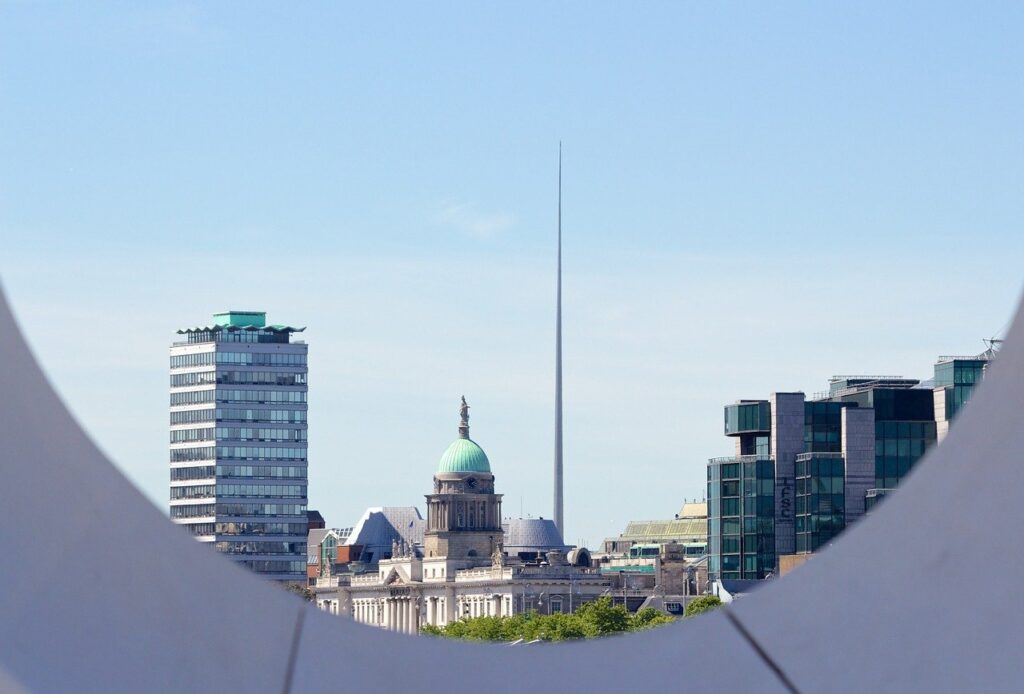Three articles recently appeared here dealing with issues which, in different ways, go to the heart of the future of Dublin as a liveable city.
The first, by Anthony Reddy, examined how our planning regulations prevent “own door dwelling” construction densities that could hugely increase our capacity to use urban land zoned residential for redevelopment. Reddy makes a compelling case for a major change in our approach to bring us into line with European norms.
Many people do not want two large back gardens separating them from their neighbours. If they do want such an arrangement, they must pay the increased price for living in low density suburban developments which have been the norm in Ireland. At least, would-be city homeowners should be given a choice other than a simple choice between apartment living or living with large gardens.
Reddy’s argument has been supported by home builders. We could easily accommodate ratios of 50 to 80 three-storey dwellings per hectare without building the egregious high-rise tower blocks now under construction and achieve far more liveable outcomes. Highrise construction costs are a serious obstacle to home ownership.
Frank McDonald has written a cogent analysis of the implications of constructing Metrolink along its proposed axis with a southern terminus fronting onto Grand Parade on the already hugely congested canal traffic route or else fronting onto Dartmouth Road, a quiet side road, an entremely odd endpoint for an urban underground. His focus was on the wisdom or lack of it in choosing a sub-optimal route for the southern leg of Metrolink that would seriously affect St Stephen’s Green, O’Connell Street and Tara Street and be inconsistent with any long term aim other than incorporating the most of Green Luas line into a future extension of the rail link to Swords (a proposal that would close the Green Luas line for two years during construction and call into question why the cross-city Luas line was ever built in the first place).
Instead of finishing Metrolink at an inexplicable Grand Parade/Dartmouth Road terminus, should we not seriously consider an axis towards Terenure/Rathfarnham or towards Belfield/Stillorgan, options to which Eamon Ryan, the transport minister, claimed to be open at the last election.
More fundamentally, would the huge and spiralling cost of Metrolink, which has grown from under €4 billion to an estimated €20 billion plus in the last five years be far better spent on a massive expansion of surface Luas-like tram lines built with the emerging VLR (very light rail) technology to serve the entirety of the city?
The Metrolink juggernaut just ploughs on without regard to these fundamental issues, cannibalising nearly all our capital’s transport resources. Can we or should we wait for 2042 before any other major urban mass transit infrastructure is constructed?
Who really decides such matters? Who considers our options in detail? TII, who have spent hundreds of millions planning an underground for Dublin? Or Bord Pleanála? Or the people of Dublin through their elected representatives?
The third article by Olivia Kelly concerned a proposal for badly needed social housing at Constitution Hill near Broadstone in the north inner city. The city council proposes to add an additional floor to three blocks of flats and to build some own-door homes at the rear of the complex as phase one. Phase two would entail the construction of further apartments at one end of the site.
That is very laudable. But why have we waited until now to come up with this proposal? And how much longer will we have to wait for phase one and phase two to be built? Was it only recently that the idea occurred to a council whose record in providing new social housing has been so abysmal?
We need an entirely new approach to building social housing in Dublin. Rebuilding its existing social housing has been the council’s priority in the inner city for decades now. Dublin City Council has always had huge powers of compulsory purchase of derelict or under-used land to enable it to discharge its clear statutory duties as housing authority to provide new homes for people who cannot finance their own. The same applies to affordable housing.
The Constitution Hill scheme, though clearly welcome, is far too little and far too late. So also, the recently announced development planned for the long-derelict site at Fishamble Street, right beside and under the nose of the council’s civic offices. We are getting these announcements now, rather than eye-watering civic projects for a library at Parnell square or a white-water rafting facility at Custom House Dock which sufficed for good news until very recently.
Are we being thrown scraps instead of radical change in the way our cities are planned, designed and renewed. It seems so.

